
Gyula Halász, known by his pseudonym of Brassaï, born 9 September 1899, was a Hungarian–French photographer, sculptor, medalist, writer, and filmmaker who rose to international fame in France in the 20th century. He was one of the numerous Hungarian artists who flourished in Paris beginning between the world wars.
Brassaï was born in Brassó, Kingdom of Hungary (today Brașov, Romania) to an Armenian mother and a Hungarian father. He grew up speaking Hungarian and Romanian. When he was three his family lived in Paris for a year, while his father, a professor of French literature, taught at the Sorbonne. As a young man, he studied painting and sculpture at the Hungarian Academy of Fine Arts (Magyar Képzőművészeti Egyetem) in Budapest. He cited Henri de Toulouse-Lautrec as an artistic influence.
Following WWI, his hometown of Brassó, and the rest of Transylvania, was transferred from the Kingdom of Hungary to Romania at the Treaty of Trianon. Brassaï left for Berlin in 1920 where he worked as a journalist for the Hungarian papers Keleti and Napkelet. He started studies at the Berlin-Charlottenburg Academy of Fine Arts (Hochschule für Bildende Künste), now Universität der Künste Berlin.) There he became friends with several older Hungarian artists and writers, including the painters Lajos Tihanyi and Bertalan Pór, who later moved to Paris and became part of the Hungarian circle.
In 1924, Brassaï moved to Paris to live, where he would stay for the rest of his life. He began teaching himself the French language by reading the works of Marcel Proust. Living among the gathering of young artists in the Montparnasse quarter, he took a job as a journalist. He soon became friends with the American writer Henry Miller, and the French writers Léon-Paul Fargue and Jacques Prévert. In the late 1920s, he lived in the same hotel as Tihanyi. Miller later played down Brassai's claims of friendship. In 1976 he wrote of Brassai: "Fred [Perles] and I used to steer shy of him – he bored us." Miller added that the biography Brassai had written of him was typically "padded", "full of factual errors, full of suppositions, rumors, documents he filched which are largely false or give a false impression."
Brassaï's job and his love of the city, whose streets he often wandered late at night, led to photography. He first used it to supplement some of his articles for more money, but rapidly explored the city through this medium, in which he was tutored by his fellow Hungarian André Kertész. He later wrote that he used photography "to capture the beauty of streets and gardens in the rain and fog, and to capture Paris by night." Using the name of his birthplace, he went by the pseudonym "Brassaï," which means "from Brasso."

Brassaï captured the essence of the city in his photographs, published as his first collection in the 1933 book entitled Paris de nuit (Paris by Night). His book gained great success, resulting in being called "the eye of Paris" in an essay by Henry Miller. In addition to photos of the seedier side of Paris, Brassaï portrayed scenes from the life of the city's high society, its intellectuals, its ballet, and the grand operas. He had been befriended by a French family who gave him access to the upper classes. Brassaï photographed many of his artist friends, including Salvador Dalí, Pablo Picasso, Henri Matisse, Alberto Giacometti, and several of the prominent writers of his time, such as Jean Genet and Henri Michaux.
Brassaï also captured the LGBTQ+ nightlife in Paris of the 1920s and 1930s. Magic City was a “parc d’attraction” constructed at the base of the Pont de l’Alma and stretched from 67 to 91 Quai d’Orsay along the Seine. The most popular attraction was the Magic City ballroom where Parisians came to dance to orchestra music. By the “Années Folles” in the 1920s, the Magic City ballroom had become popular with the Parisian gay scene. Particularly notorious were the Magic City “drag balls” held on Mardi Gras.
Young Hungarian artists continued to arrive in Paris through the 1930s and the Hungarian circle absorbed most of them. Kertèsz immigrated to New York City in 1936. Brassai befriended many of the new arrivals, including Ervin Marton, a nephew of Tihanyi, whom he had been friends with since 1920. Marton developed his own reputation in street photography in the 1940s and 1950s. Brassaï continued to earn a living with commercial work, also taking photographs for the U.S. magazine Harper's Bazaar.
Brassaï's photographs brought him international fame. In 1948, he had a one-man show at the Museum of Modern Art (MoMA) in New York City, which travelled to George Eastman House in Rochester, New York; and the Art Institute of Chicago, Illinois.

In 1948, Brassaï married Gilberte Boyer, a French woman. She worked with him in supporting his photography. In 1949, he became a naturalised French citizen after years of being stateless.
MoMA exhibited more of Brassaï's works in 1953, 1956, and 1968. He was presented at the Rencontres d'Arles festival in France in 1970 (screening at the Théâtre Antique, Brassaï by Jean-Marie Drot), in 1972 (screening Brassaï si, Vominino by René Burri), and in 1974 (as guest of honour). In 1979, Brassaï was inducted into the International Photography Hall of Fame and Museum.
Brassaï died on 8 July 1984, aged 84, at his home on the French Riviera near Nice and was buried at Montparnasse Cemetery in Paris. In the early 21st century, the discovery of more than 200 letters and hundreds of drawings and other items from the period 1940 to 1984 has provided scholars with material for understanding his later life and career.
Reading Recommendations & Content Considerations
Paris by Night Edited by Peter Galassi



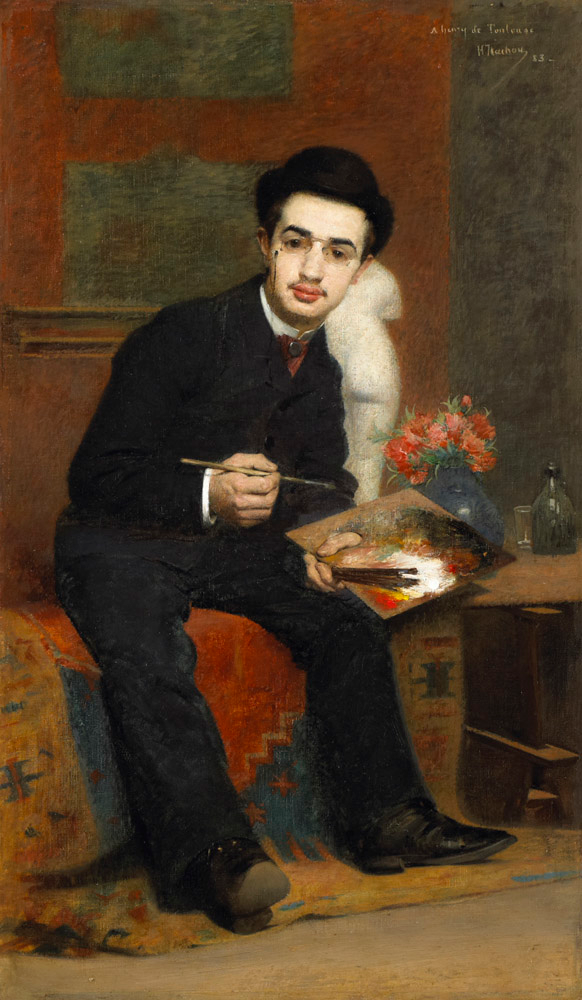






















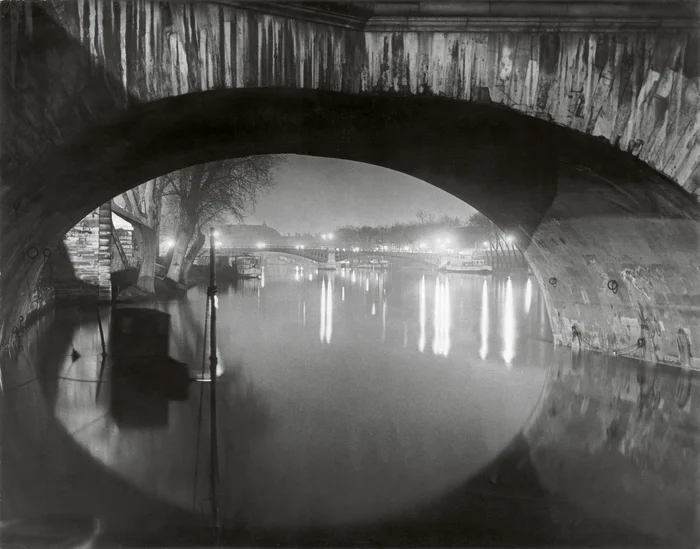

















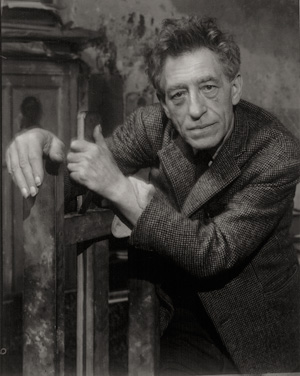




























































































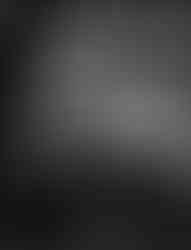
























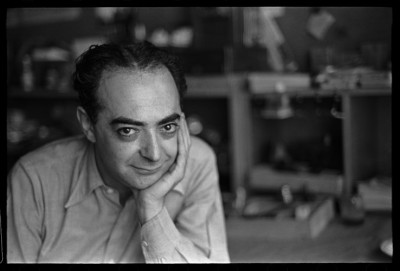

















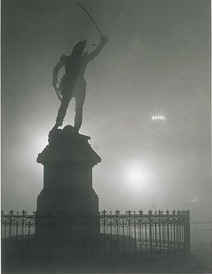








Comments